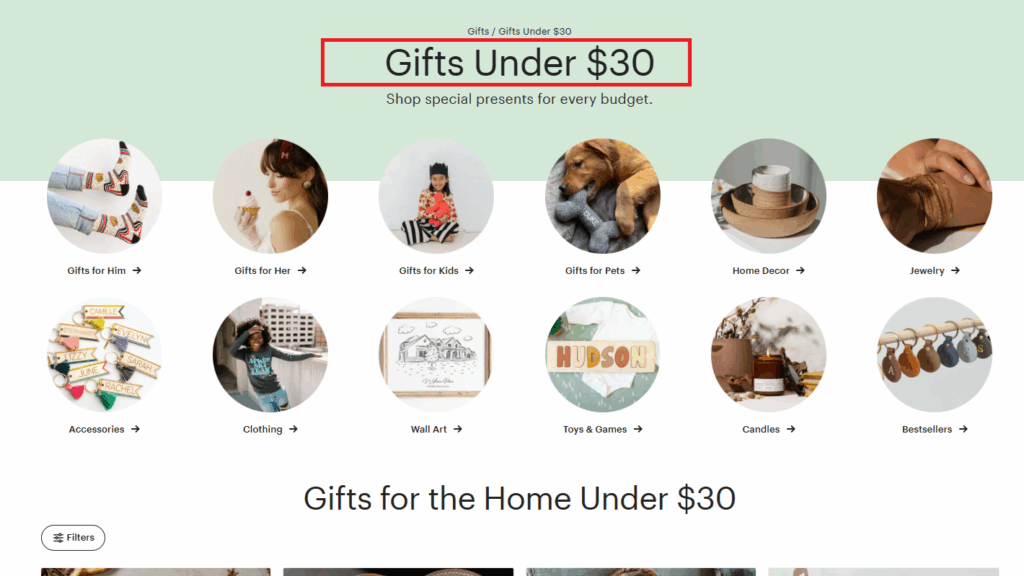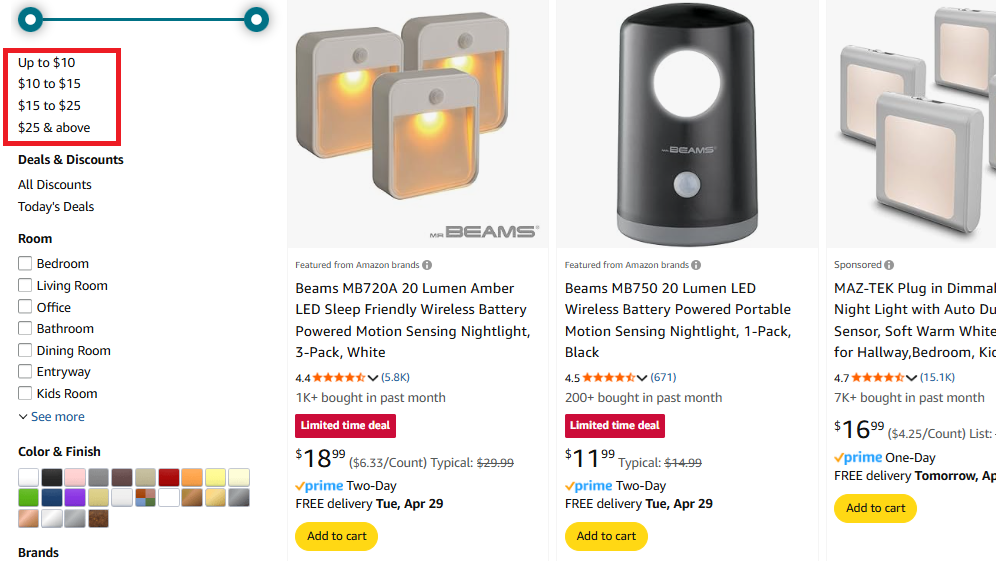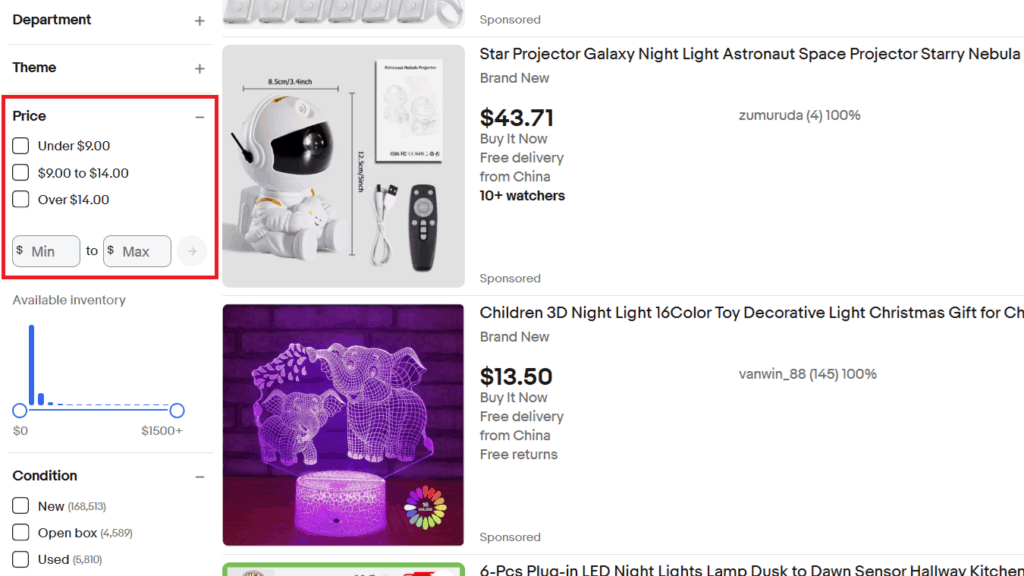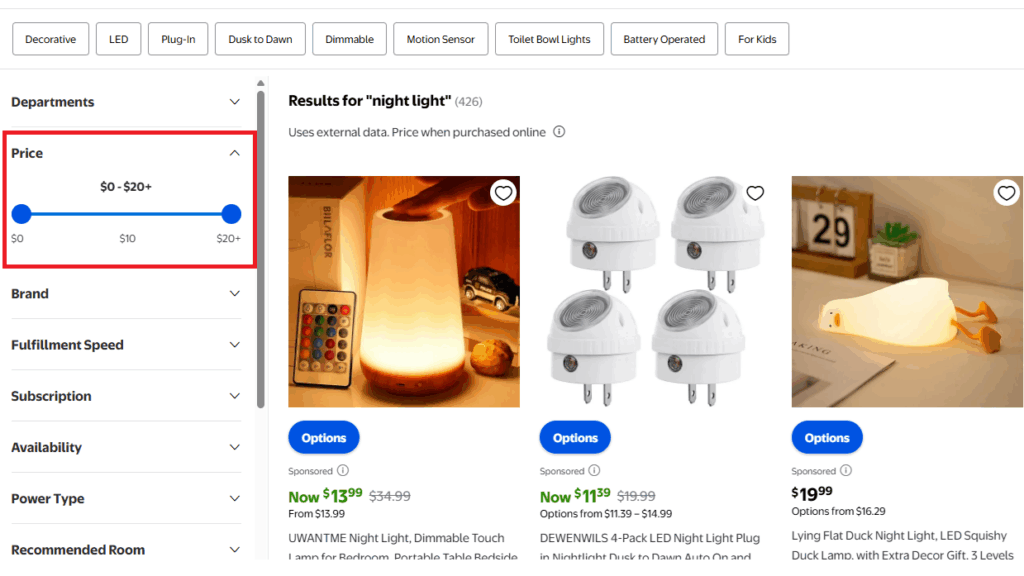Table of Contents
The optimal price is defined as the one that strikes the best balance between sales volume and profit margin per unit, ultimately maximizing total profit. Several key factors influence this profit-maximizing price, including:
- Perceived value
- Competition
- Discounts and promotions
- Product assortment
- Cost structure
Understanding Customer Perceived Value: How Much Is Your Product Worth to Them?
Hermann Simon, chairman of the consulting firm Simon-Kucher, offers a simple definition of price: Price = Value. The value a customer perceives in your product—not necessarily its objective value—is what ultimately determines how much they’re willing to pay.
It’s important to note that perceived value and objective value aren’t the same. Many factors, like brand image, product presentation, and customer experience, shape perceived value. To influence it, sellers must clearly communicate the benefits and advantages they offer.
As Hermann Simon puts it:
“Premium pricers invest heavily in communication: They know they have to make the value and advantages of their products perceptible and understandable to consumers. Remember: only perceived value counts.”
However, one big challenge remains: how do you find out how much value customers actually place on your product’s quality, scarcity, shipping, customer service, and other attributes?
One of the best ways to uncover this is by asking customers directly using the Van Westendorp Price Sensitivity Meter. This method involves four key questions:
- Too Expensive: At what price would the product seem so expensive that you would not consider buying it?
- Too Cheap: At what price would the product seem so inexpensive that you would doubt its quality?
- Not a Bargain: At what price would you start thinking the product is getting expensive, though not yet out of the question?
- Not Expensive: At what price would you consider the product to be a great deal—a real bargain?
Once you collect the responses, you’ll want to organize the data and create frequency distributions for each question. Then, plot the cumulative curves to find key intersections:
- The Point of Marginal Cheapness marks the lower limit of an acceptable price.
- The Point of Marginal Expensiveness marks the upper limit.
- The Optimal Price is typically found where the “Too Cheap” and “Too Expensive” curves intersect.
- The acceptable price range generally falls within the rectangle formed by these points.
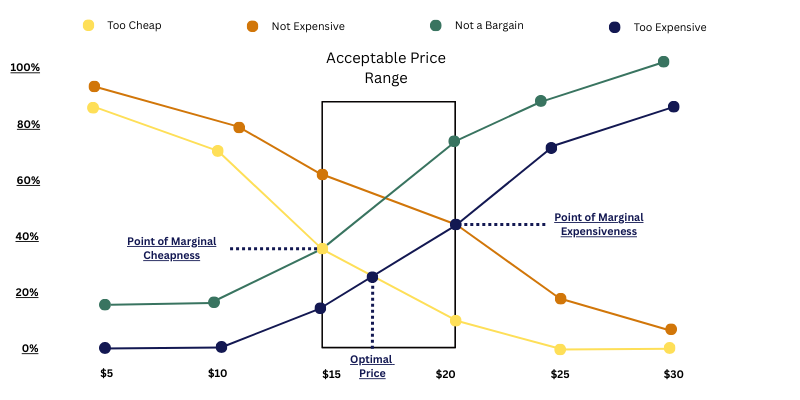
Another approach is to measure willingness to pay indirectly through conjoint analysis. In a conjoint study, customers are shown different combinations of features and prices and asked which option they would choose. By analyzing their choices across multiple scenarios, you can infer how much they value specific features—and how price impacts demand.
Ultimately, asking customers directly (or indirectly) about their willingness to pay helps you define the minimum and maximum price points for your product, ensuring you don’t risk making it seem too cheap or unaffordable.
Analyzing Market Competitiveness: How Intense Is Your Industry Landscape?
With customers easily able to compare prices, features, and reviews across multiple stores, competitive analysis is an important component of your pricing strategy. A thorough analysis typically covers four key areas:
- Availability of similar products
- Price range of competing products
- Discounts and promotions offered
- Value-added services provided
Understanding these dynamics allows you to position your products more strategically—whether that means undercutting competitors, matching their prices to signal comparable value, or charging a premium based on unique features or superior service.
Several free tools can help you analyze your competitors, including Amazon’s Product Opportunity Explorer and eBay’s Product Research tool. For example, Amazon’s research tool lets you view important metrics like product prices, units sold, return rates, search volumes, customer reviews, and average FBA fees—giving you an easy way to benchmark your offerings against the competition.
The screenshot below shows some competitor metrics that can be accessed using the Amazon tool.

To enhance your pricing strategy using competitive insights, follow these five steps:
- Estimate the total market size by calculating the overall volume of products sold. Larger markets often allow for wider price variation.
- Identify the 20 most comparable products and determine the price range they’re sold at. This helps establish your acceptable price range.
- Analyze customer complaints about competitor products. If your product addresses common issues, you may be able to justify a higher price.
- Study discount patterns among competitors by looking at historical price variations. Frequent discounting could suggest customers expect deals.
The Impact of Promotions: How Do Discounts and Deals Affect Your Sales?
Promotions can serve several key purposes:
- Attracting new customers
- Encouraging repeat purchases
- Driving sales of newly launched products
- Boosting short-term revenue
- Clearing excess inventory
Industries like fast-moving consumer goods, apparel, food, cosmetics, and consumer electronics often rely heavily on discounts. In contrast, luxury brands, B2B services, high-end professional services, and niche markets with little competition use promotions much less frequently.
The role of promotions heavily shapes a company’s broader pricing strategy. When promotions are central to marketing efforts, pricing tends to become more dynamic.
To understand the importance of promotions for your business, ask yourself:
- What percentage of your total sales comes from promotions?
- How often do customers buy multiple products at once?
- Are certain sales channels more discount-driven than others?
- Do frequent product launches require promotional incentives?
- Is your inventory seasonal, creating a need for clearance sales?
- Are competitor discounts common in your market?
- Do discounts harm your brand’s perceived value?
- Do you have the resources to manage frequent price adjustments?
If promotions are important, build an effective discount strategy by focusing on these steps:
- Set clear objectives for your promotions (e.g., customer acquisition, inventory clearance).
- Offer different types of discounts to meet various needs (e.g., bundle discounts, loyalty incentives, seasonal sales).
- Tailor your discount approach to each sales channel (e.g., Amazon, Walmart).
- Continuously monitor and adjust your strategy based on customer response and sales data.
Product Assortment and Pricing: How Your Product Range Influences Price Strategy
If you offer a range of products or variations (SKUs), you have an opportunity to set different price points across your assortment to maximize profits. Varying your prices helps you reach different customer segments and boost conversion rates. Here’s how it works:
Many marketplaces allow customers to filter products by price ranges. For example, Etsy highlights a “Gifts Under $30” category, while Amazon lets shoppers filter products in $5 increments. By offering products at varied price points, you increase your chances of being discovered by a broader audience—especially by price-sensitive customers.
Product variations can also appeal to different customer groups, each with their own perception of value. For example, basic-colored t-shirts, like black or white, typically attract the broadest customer base and are usually priced at a standard rate. Limited-edition colors, on the other hand, cater to niche markets and can command a premium price because customers perceive them as more exclusive.
Additionally, offering different price points helps guide customer behavior through the center-stage effect. When all products are priced the same, customers often find it harder to make a decision. Introducing price variation gives them clear reference points, making it easier for them to choose—often steering them toward a mid-priced option.
When buyers know neither the price range of a product category nor have any special requirements (e.g., high quality, low price), they gravitate toward a price in the middle of the range. – Hermann Simon
To effectively price across your product variations, follow these steps:
- Assess perceived value across variations. Are some versions of your product less common or face less competition?
- Set minimum and maximum price points based on customer feedback and competitive research.
- Adapt your strategy to each marketplace to ensure your products appear in multiple price segments where customers search.
- Factor in promotions and discounts when setting your final prices, especially for lower-priced items where margins are tighter.
Cost Structure Insights: How Expenses Shape Your Pricing Decisions
Your cost structure sets the minimum price you must charge to cover expenses and achieve profitability. A key metric to understand is your break-even point—the sales level where total revenue equals total fixed and variable costs, resulting in neither profit nor loss. To maximize profits, you should generally avoid pricing your products below this point.
To calculate your break-even price, first identify your fixed costs (such as liability insurance, WiFi, website hosting, or rent) and your variable costs per unit (like materials, shipping, and sales commissions). Then add your total fixed costs to your total variable costs and divide by the number of units you expect to sell. Alternatively, you can use the formula:

As your sales volume grows, your average unit costs typically decrease due to more efficient purchasing and lower fixed costs per unit. This improvement allows you to either lower your prices to stay competitive or maintain higher profit margins, giving you more flexibility to implement aggressive pricing and discount strategies.
Exploring Alternative Pricing Strategies: What Other Options Can You Consider?
While this article focuses mainly on value-based pricing to maximize profit, several other strategies can help you achieve different goals, such as entering a market, growing market share, or reinforcing a premium brand image. These include:
- Penetration Pricing: Setting a low introductory price to quickly attract customers and build market share, ideal for launching new products.
- Price Skimming: Starting with a high price for innovative or premium offerings to target early adopters, then gradually lowering the price to appeal to a broader, more price-sensitive audience.
- Premium Pricing: Charging a consistently high price to signal superior quality, exclusivity, or brand prestige, attracting customers willing to pay more.
- Competitive Pricing: Continuously benchmarking your prices against competitors by matching, undercutting, or slightly exceeding them, depending on your positioning goals.
Final Thoughts: Align Pricing with Customer Value and Cost Efficiency
Optimizing your product pricing is one of the quickest and most effective ways to improve profitability—without the need for lengthy supplier negotiations or drastic cost-cutting measures. However, successful price optimization requires a strong understanding of your target customer and your cost structure. Fortunately, with the help of product research tools along with proven survey techniques, sellers can access valuable market insights to make smarter pricing decisions.
As Hermann Simon wisely said,
Price is the only marketing instrument you can employ with no upfront investment. This makes it an especially powerful marketing tool for small businesses or startups with tight financial resources.


